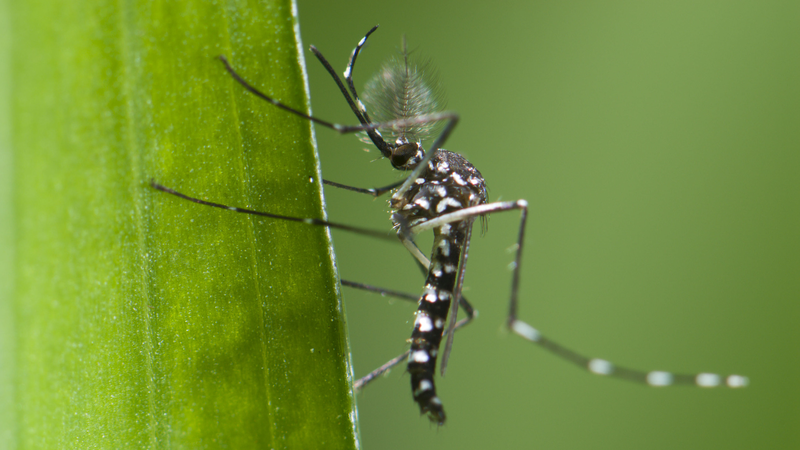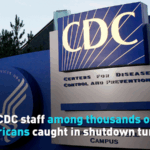Foshan City in the Chinese mainland's Guangdong Province has reported over 4,000 confirmed chikungunya fever cases as of July 24, marking the largest local outbreak since the disease was first detected in China in 2008. With global transmission intensifying, KhabarAsia examines the factors behind this surge and expert-recommended safety measures.
Why This Outbreak Differs
Liu Qiyong, chief vector-borne disease expert at the Chinese CDC, attributes the severity to global spread patterns, climate conditions, and viral strain characteristics. The World Health Organization reports active outbreaks across 119 countries and regions, increasing imported case risks. Established local mosquito populations have enabled sustained transmission cycles in affected areas.
Symptoms and Long-Term Effects
Chikungunya – derived from a Tanzanian term meaning "to bend over" – causes fever, rashes, and debilitating joint pain. While 20-30% of patients experience multi-joint pain, most recover within weeks. However, single-digit percentages report symptoms persisting over six months, potentially leading to chronic mobility issues.
Mosquito Behavior Insights
Aedes mosquitoes, the primary vectors, thrive at 25-28°C but face population declines during extreme heat. Their biting peaks occur at 7-9 a.m. and 5-7 p.m. Foshan authorities now time insecticide sprays to these windows for maximum impact.
Protection Guidelines
Liu emphasizes:
- Using repellents with registered pesticide numbers
- Wearing light-colored, long-sleeved clothing
- Eliminating stagnant water sources
High-risk groups – newborns, seniors over 65, and those with chronic conditions – should seek immediate care if symptomatic. Travelers to outbreak zones like Southeast Asia or South America are advised to monitor health for 14 days post-visit.
Reference(s):
cgtn.com








